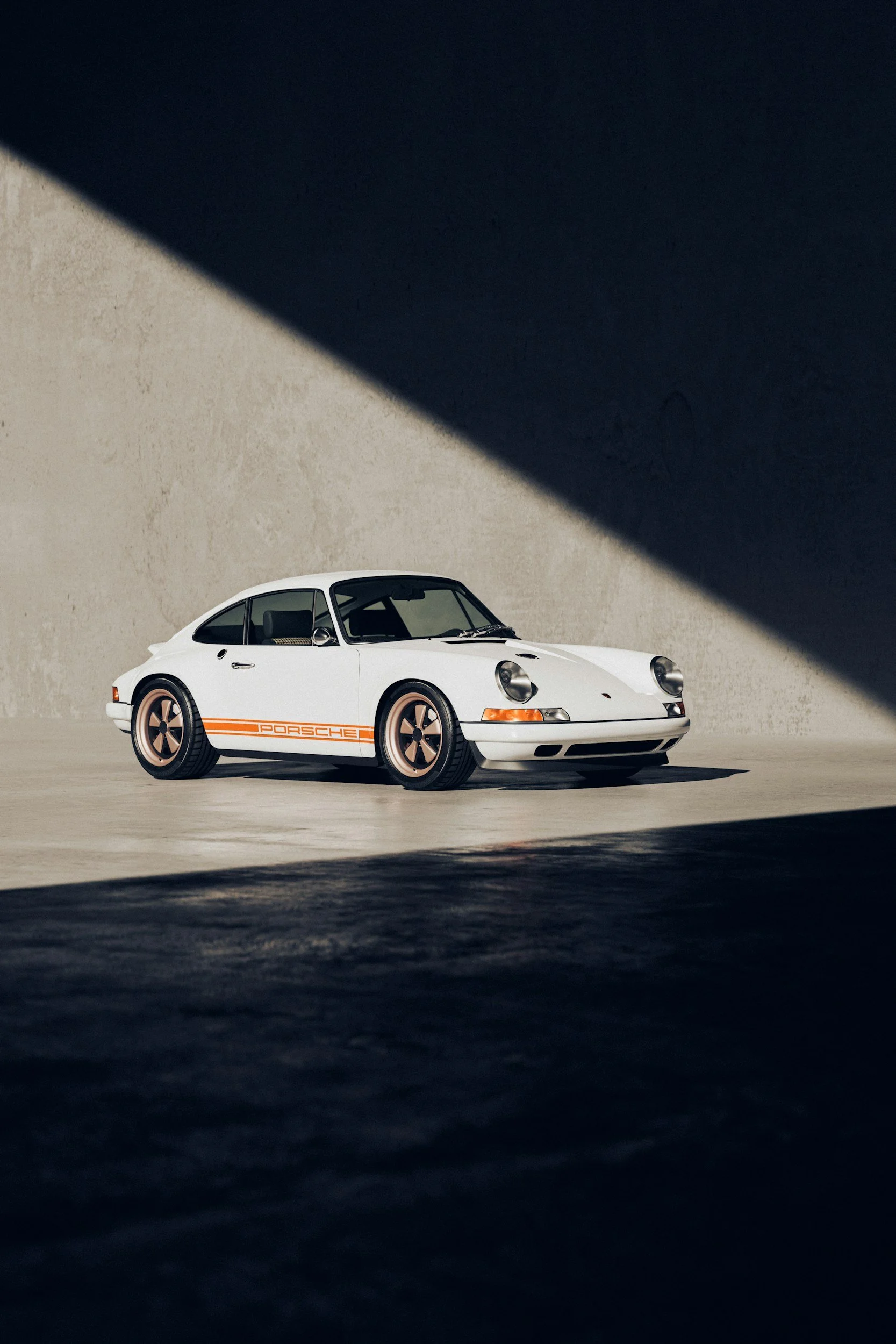The Digital Renaissance: Merging Heritage with Technology in Luxury Marketing
Luxury has always been about craftsmanship. The art of creation, the stories woven into each piece, the human touch that makes something truly exceptional. Yet as we move towards the end of 2025, it’s clear that a new layer has entered this world: technology.
It might sound like a contradiction. How can centuries-old ateliers, bespoke tailors and heritage maisons coexist with AI, augmented reality and digital personalisation? But this tension, between the timeless and the innovative, is exactly what’s fuelling a quiet renaissance across the luxury landscape.
Where Heritage Meets Innovation
Luxury and innovation have always gone hand in hand. The great maisons of Europe didn’t become icons by standing still — they evolved, adapted and redefined craftsmanship for each generation. What’s changing now is how that evolution unfolds.
Digital tools aren’t replacing heritage; they’re enhancing it. They’re giving legacy brands new ways to tell their stories — to open the doors to their ateliers, to showcase the artistry that goes into every stitch, every brushstroke, every scent.
Imagine walking through a virtual version of a Parisian atelier, watching artisans at work in exquisite detail. Or experiencing a new fragrance collection through immersive, sensory storytelling online. This is the power of digital technology when applied thoughtfully in the luxury space: it doesn’t dilute heritage — it magnifies it.
A New Kind of Luxury Experience
Luxury has never been about convenience; it’s about experience. But today’s experience extends beyond physical touchpoints. The most visionary brands are creating seamless bridges between the physical and the digital. Blending storytelling, sensory engagement and personalisation in a way that feels beautifully cohesive.
AI and data might sound clinical, but in the right hands, they become instruments of intimacy. A luxury brand that remembers a client’s preferences, tailors recommendations or recreates a bespoke shopping journey online isn’t automating, it’s elevating.
Consumers at the top end of the market expect more than product; they expect recognition, continuity and emotional resonance. Technology, when used with precision and subtlety, allows brands to deliver that on a global scale without losing the personal touch that defines luxury.
The Revival of Digital Craftsmanship
What’s especially interesting is how digital design itself has become a new form of craftsmanship. Every pixel, every animation, every detail in a digital campaign can evoke the same sense of refinement as an artisan’s stitch.
The luxury world is beginning to understand that digital storytelling requires its own artistry — a digital craftsmanship that mirrors the care and precision of traditional techniques.
Websites now feel like immersive brand worlds. Campaign imagery embraces natural lighting, texture and a human touch. Social content feels curated, not crowded. Each detail, from typography to tone of voice, is intentional. And that, ultimately, is what luxury has always been about: intention.
The Role of Emotion in a Digital World
For all the talk of algorithms and AI, luxury remains rooted in emotion. What’s evolving is how that emotion is communicated.
Technology can’t replicate human artistry, but it can enhance how that artistry is experienced. It allows brands to bring their stories to life in unexpected, emotionally resonant ways — ways that invite discovery rather than demand attention.
Consider how virtual appointments, immersive showrooms and storytelling-led social media campaigns are transforming the way consumers engage with brands. The best of these don’t feel futuristic; they feel human. They give audiences a glimpse behind the curtain, a chance to feel part of the brand’s inner world.
Why the Blend Matters
In 2025, success for luxury brands isn’t about choosing between heritage and technology — it’s about mastering the balance.
A heritage brand that embraces innovation feels fresh and relevant. A contemporary brand that honours craftsmanship feels grounded and trustworthy. The intersection of these two worlds is where the magic happens.
This “digital renaissance” is less about disruption and more about refinement. It’s not about abandoning tradition but reinterpreting it for a new era — one where storytelling can travel farther, experiences can be shared instantly and emotional connection remains at the heart of it all.
Looking Ahead
As we step into 2026, the most successful luxury brands will be those that use technology not as a gimmick but as a storyteller’s tool.
The future of luxury isn’t purely digital — it’s digitally human. It’s a space where craftsmanship, culture and creativity coexist with innovation, creating experiences that feel both timeless and new.
At Strong Social London, we believe this balance — between heritage and modernity — is what defines the future of luxury. It’s where emotion meets innovation and where every digital touchpoint becomes a quiet expression of artistry.

